Directed by Jeff Nichols,this underrated psychological thrillercame out in 2011 to far too little fanfare.
For its efforts,Take Shelterearned a 92% onRotten Tomatoes.
His growing paranoia leads to him distancing himself from friends and building an underground shelter.

What was once manageable becomes frightening andthe LaForches threaten to spilt apart.
Through all this, Sam has stayed with Curtis.
Sam is nearly at her wits' end when a tornado warning comes across everyone’s TV.
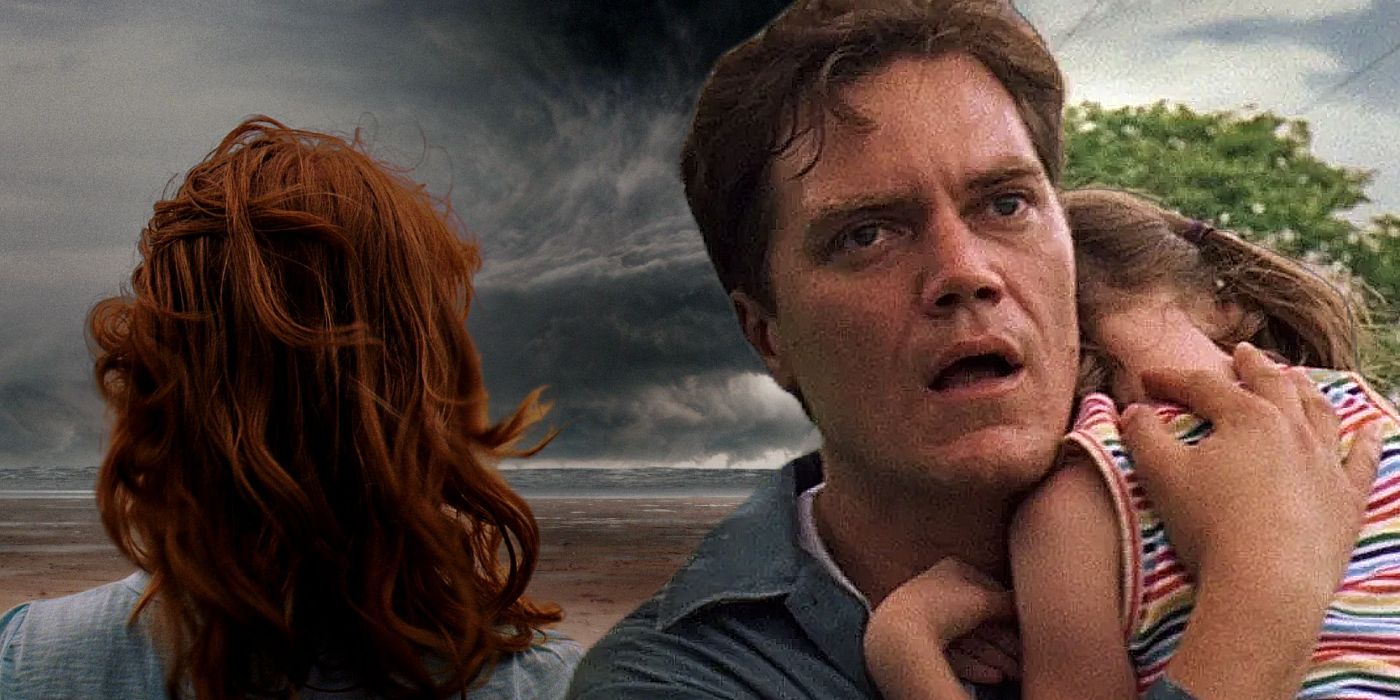
Custom Image by Zach Moser
Psychological thrillers are unmatched in their ability to create gripping atmospheres.
In the past decade, there have been several memorable titles.
The LaForches rush to their shelter, and it seems like Curtis has been proven right.
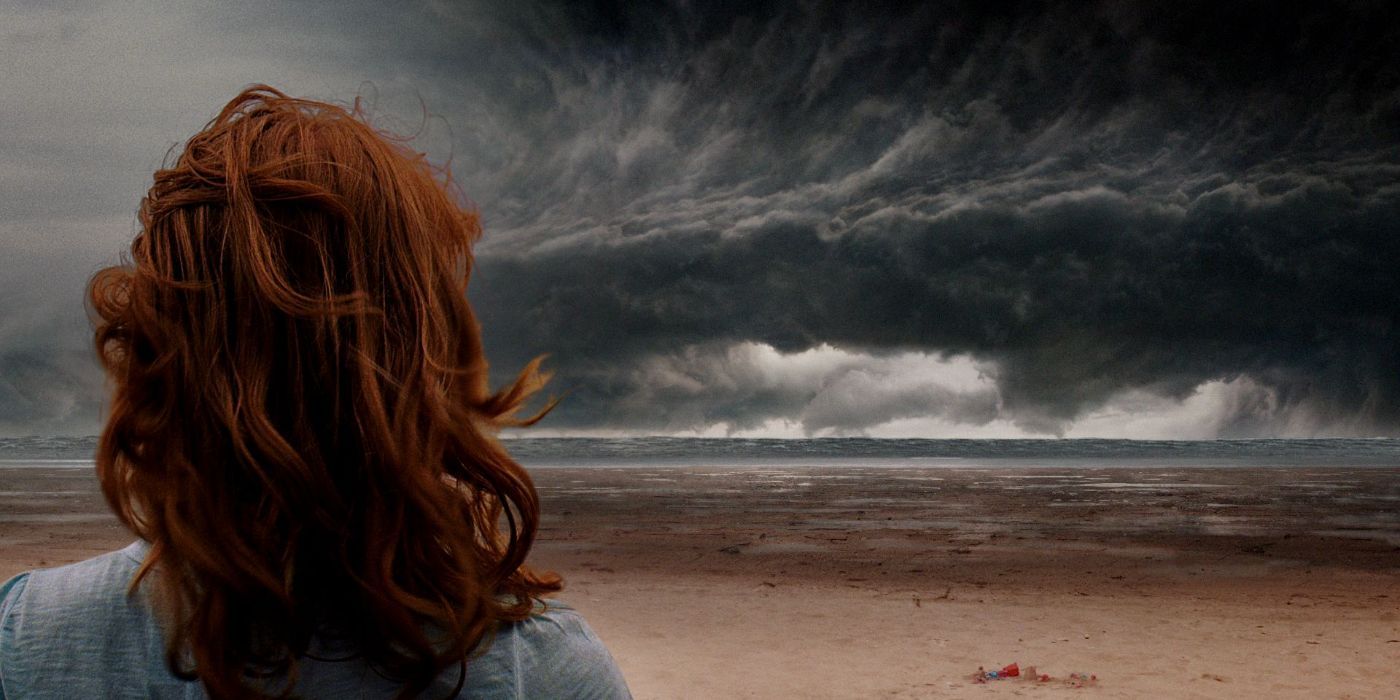
Take Shelter is a psychological thriller directed by Jeff Nichols. The film follows Curtis LaForche, played by Michael Shannon, a man overwhelmed by apocalyptic visions. As he grapples with disturbing dreams and hallucinations, Curtis’s behavior begins to alienate his family and friends. Jessica Chastain co-stars as his supportive wife Samantha. The film explores themes of mental illness, trust, and the boundaries between reality and illusion.
The married couple nearly reach an impasse, but Curtis relents.
He throws initiate the doors to reveal that the storm has passed.
There is some damage and debris, but nothing unusual for an Ohio tornado.
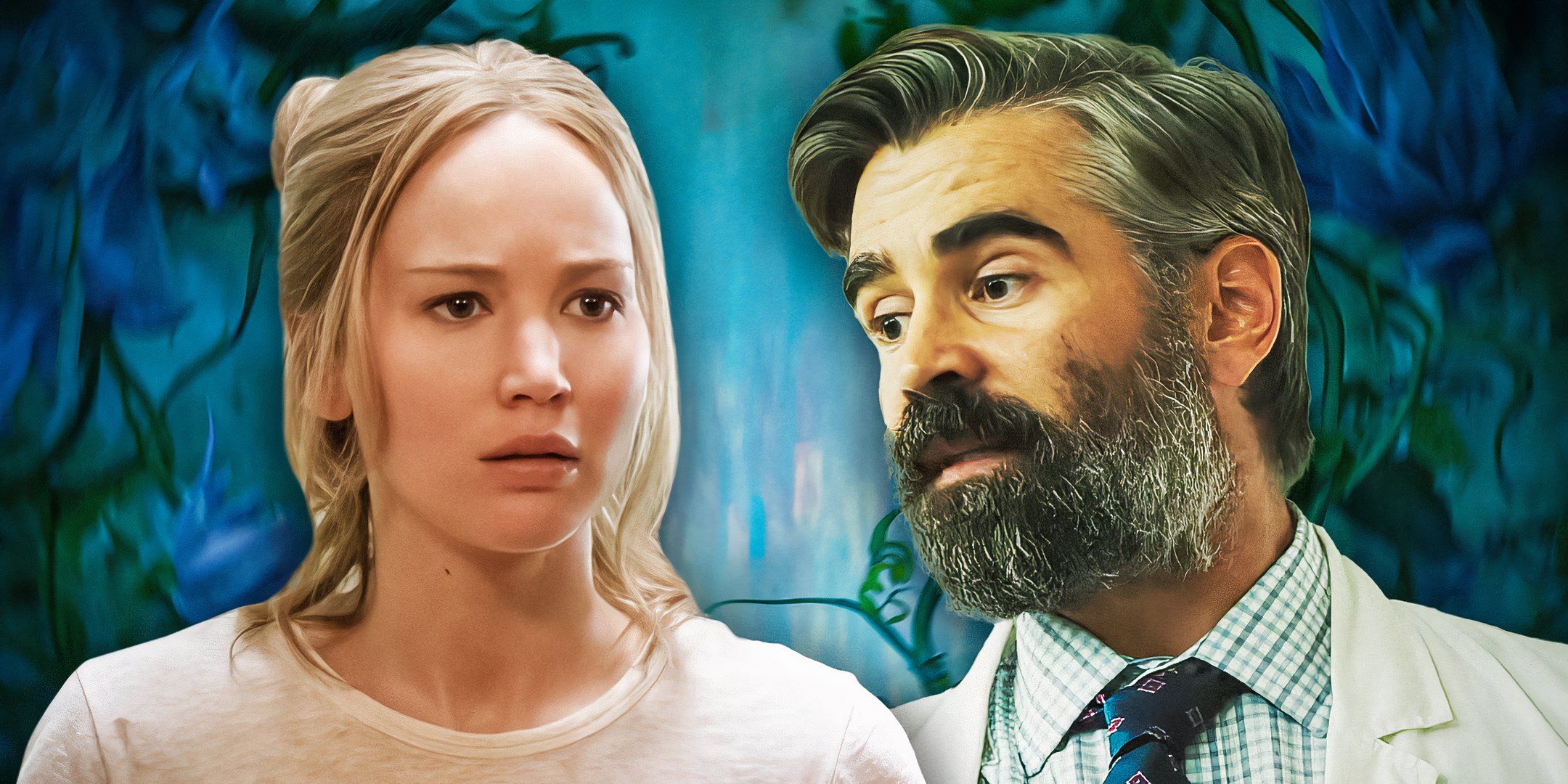
There, the trio happily spend vacation.
While on the beach one day, Hannah signs the word “storm” to Curtis.
Simultaneously, Sam notices thick, black rain droplets starting to form.

The couple walk out onto the beach and see the massive storm from Curtis' dream.
A tsunami and water spouts grow larger in the distance.
Sam whispers to a grimly knowing Curtis, “Okay”.
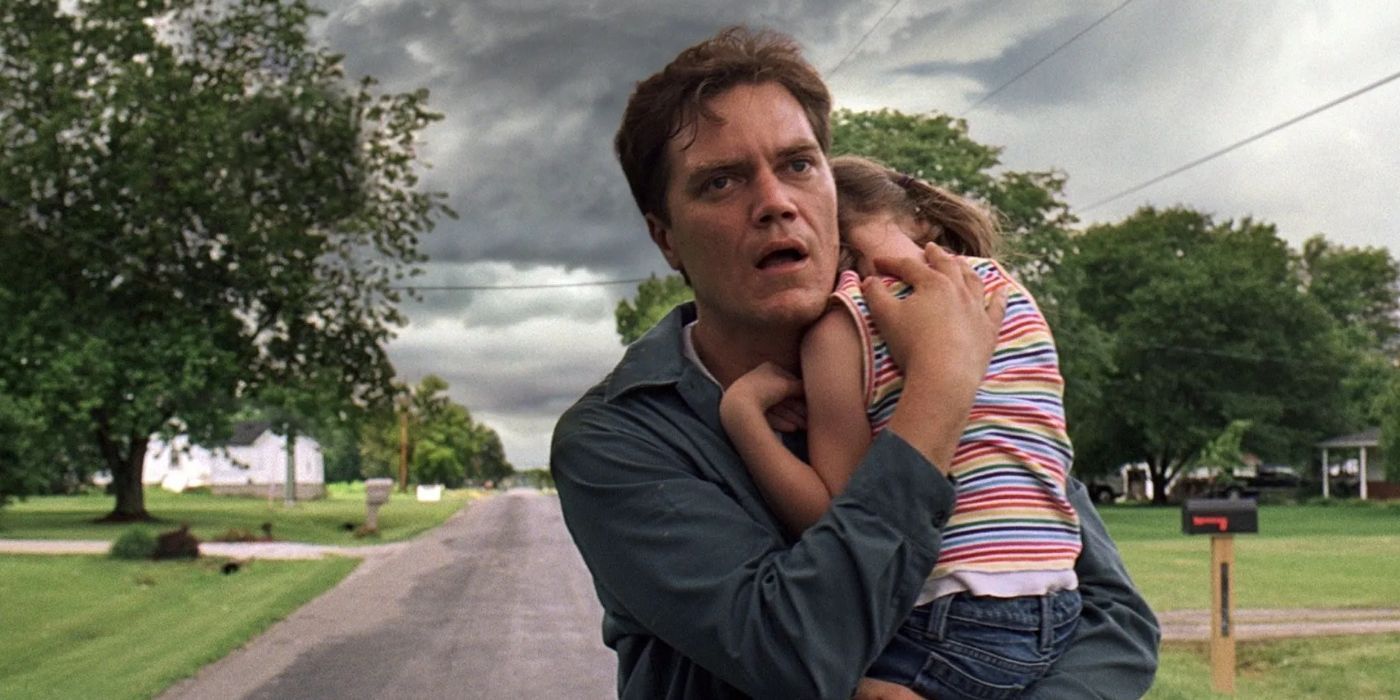
Curtis ends up trusting his wife and opening the shelter, and it turns out she was right.
Curtis did indeed have prophetic dreams, he just had the timing wrong.
Then comes the second twist.
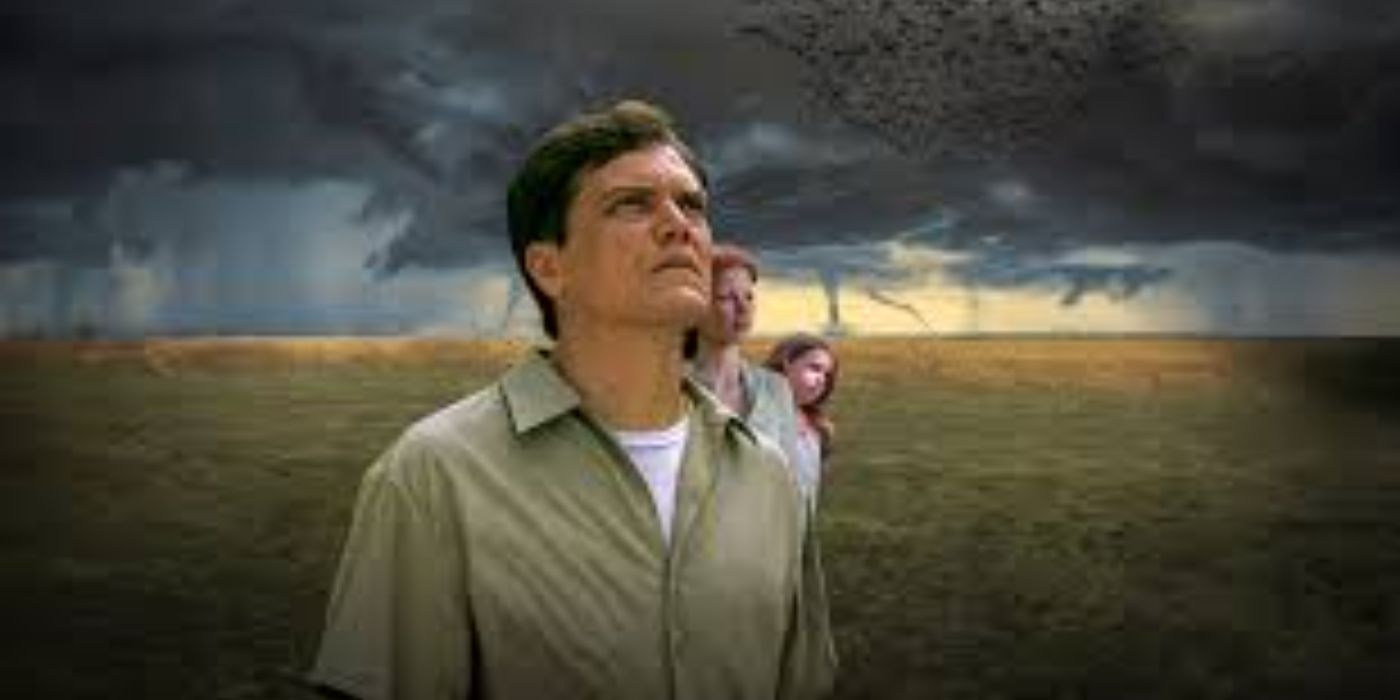
Curtis did indeed have prophetic dreams, he just had the timing wrong.
At Myrtle Beach, Sam acknowledges that he was right as the massive storm approaches.
This is one of thebetter twists in recent moviesthanks toTake Shelter’s fake-out ending.

Curtis is fearful that his dreams are delusions and his mental health is declining.
It’s never confirmed if Curtis does have a mental health disorder, but all signs suggest he does.
He’s paranoid, lashes out, is biploar, and his family has a history with mental disorders.

Take Shelteris Jeff Nichols' second film after 2007’sShotgun Stories.
However,just because he has paranoid schizophrenia does not mean he’s wrong.
That’s somethingTake Shelterponders.

Someone may be unreliable in one way, but that does not mean they’re unreliable in every way.
That’s about it.
There’s not too many other ways to run with it.

I don’t know.
That one missed me."
Viewers are allowed to believe what they want to believe.

That’s kind of the whole deal with art.
Nichols is not primarily interested in that question, anyway.
What I would ask is: Do you think they’re together at the end?

Do you think they’re seeing the same thing?
Whether or not that’s real, I don’t care about that.
That’s the fun part.
There’s a shared understanding or a reaffirmation of commitment."
That’s the real question at the center ofTake Shelter.
For everything they face, they are a remarkably strong couple.
The LaForche’s would go through a lot.
Their union fractures more and more throughoutTake Shelteruntil the end of the film.
In the shelter, Curtis decides to trust his wife and opens the doors of the shelter.
That scene signals the LaForche’s have repaired something in their relationship.
It also makes the final scene all the more powerful and is why I believe the storm is real.
Thanks to their repaired relationship, Sam fully trusts Curtis, as indicated by her “okay”.
What happens after theTake Shelterending is unknown, but the LaForche’s are better equipped to handle it now.
The film follows Curtis LaForche, played by Michael Shannon, a man overwhelmed by apocalyptic visions.
As he grapples with disturbing dreams and hallucinations, Curtis’s behavior begins to alienate his family and friends.
Jessica Chastain co-stars as his supportive wife Samantha.
The film explores themes of mental illness, trust, and the boundaries between reality and illusion.